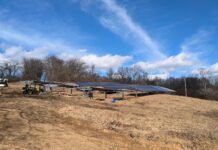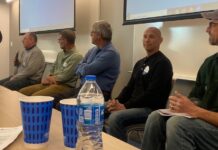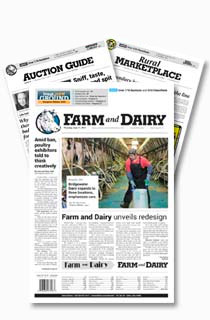Corn was staff of life for settlers, but was always labor intensive
After corn was husked, it had to be shelled and processed before it could be cooked into a meal in the early 1800s in Ohio Country.
Corn husking bees brought neighbors together for work, socializing
Paul Locher details one of the great seasonal traditions among settlers in the Ohio Country — the husking bee or husking frolic.
From stalk to shock to fodder, harvesting the corn crop required a myriad of...
Paul Locher explains how early settlers of Ohio country would have harvested corn, detailing the tools they would have used.
The wheat harvest: To winnow, grind and bag
After flailing the wheat, early Ohio settlers processed it into flour.
By hook or by crook, the wheat harvest was accomplished with intensive labor
Paul Locher details how 1800s pioneers in Ohio Country would have accomplished the wheat harvest and describes the tools they would have used to do it.
Of coopers, hoopers, firkins, rundlets, swiglers, crozes, scorps and butts
The fourth member of the quartet of early craftsmen vital to the success of any frontier settlement in the Ohio Country was the cooper.
Tinsmiths were self-taught craftsmen important to daily frontier living
A tinsmith was a vital craftsman in the development of a pioneer community. The items they made encompassed everything from kitchenwares to farming tools.
From a lump of clay the potter made everything for pioneers
After the blacksmith, a potter was the next essential skilled tradesman in the burgeoning
towns of early Ohio Country in the 1800s.
Without a blacksmith, there wasn’t a town
Paul Locher explains that the single most important craftsman that was needed to get an 1800s frontier town going and make it thrive was a blacksmith.
With trees cut down, firewood takes center stage
How did settlers chop fire wood and heat their homes in 1800s Ohio Country? Paul Locher offers insight in the latest installment of An American Tale.
























